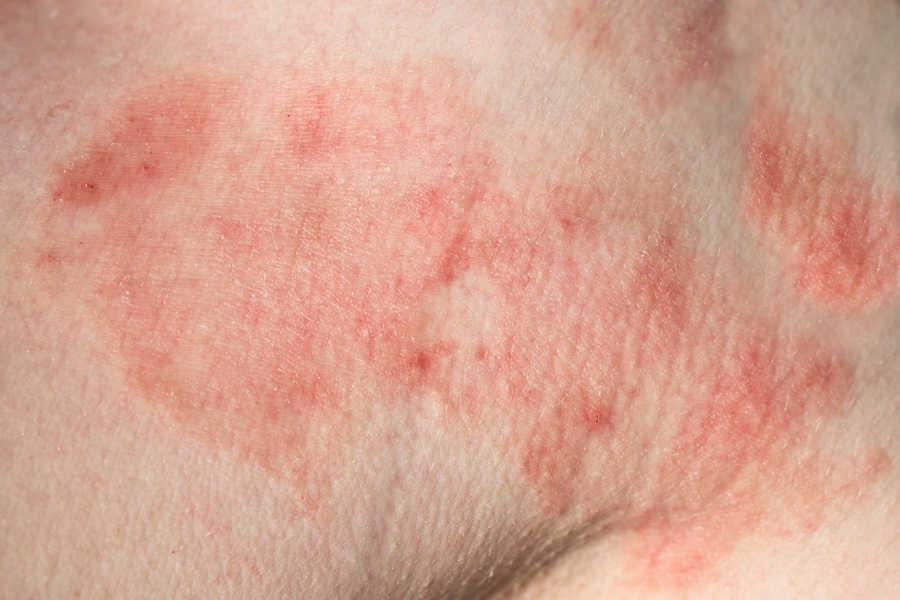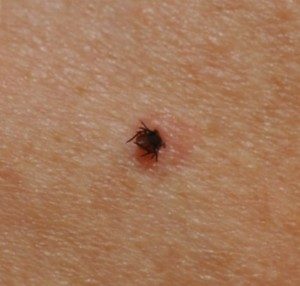Comprehending the Objective of the Lymecare Alliance for Lyme Campaigning For
Comprehending Lyme Illness-- Essential Recognition for Avoidance
Lyme illness stays a significant public health concern, mainly transferred via the bites of contaminated ticks, especially in areas with thick plants. Recognizing its transmission, signs and symptoms, and safety nets is important for mitigating threats related to this possibly devastating illness. The early recognition of Lyme condition is crucial, yet several individuals continue to be not aware of its symptoms or the atmospheres that present the highest possible risk. As we check out the details of this condition, one must consider not only the clinical ramifications but likewise the practical actions for effective prevention. What strategies can truly safeguard against this surprise danger?
What Is Lyme Illness?
If left without treatment, Lyme disease can advance to a lot more extreme phases, possibly influencing the joints, heart, and nervous system. The disease can be testing to diagnose, as its symptoms can resemble those of various other illnesses.
Prompt recognition and treatment are crucial in taking care of Lyme condition and avoiding problems, with very early antibiotic intervention typically bring about beneficial end results.
Just How Lyme Condition Spreads
Lyme condition mostly spreads with the bite of infected black-legged ticks, additionally called deer ticks, which bring the microorganism Borrelia burgdorferi. These ticks are generally discovered in wooded or grassy areas, frequently staying on bushes or low plant life. They require a blood meal from a host, such as human beings or pets, to duplicate and flourish.
Transmission typically happens when ticks affix to the skin and continue to be for a prolonged period, typically 24 to two days. The threat of infection enhances with the duration of attachment, as the microorganism is sent from the tick's saliva into the host's blood stream. Ticks can be energetic throughout warmer months, especially in springtime and summer, making outdoor activities a possible threat for direct exposure.
While black-legged ticks are the primary vectors, other types, such as the Western black-legged tick, can likewise send Lyme illness. It is important to be vigilant in locations where ticks are widespread. Preventative measures consist of putting on safety clothing, using tick repellents, and performing extensive tick checks after outdoor tasks to minimize the probability of bites and subsequent transmission of Lyme disease.
Signs And Symptoms and Diagnosis
Recognizing the symptoms of Lyme disease is important for prompt diagnosis and therapy, as very early intervention can considerably affect healing. One of the most recognizable very early signs and symptom is the erythema migrans rash, which shows up as a round, red sore with a central clearing up, often looking like a "bull's- eye." This breakout generally establishes within 3 to 30 days after a tick bite and may be gone along with by flu-like signs such as fever, cools, fatigue, muscle mass pains, and frustrations.

Medical diagnosis of Lyme illness mostly counts on medical assessment, taking into account the patient's signs and symptoms and potential exposure to ticks in native locations. Lab tests, consisting of enzyme-linked immunosorbent assays (ELISA) followed by Western blot examinations, can sustain the diagnosis but are not clear-cut in early-stage Lyme illness. Prompt acknowledgment and diagnosis are crucial for starting suitable antibiotic therapy, which is most efficient when administered early in the condition course.
Prevention Strategies
Protecting against Lyme illness calls for an aggressive method, particularly for people that hang around in locations where ticks prevail. The first line of defense includes wearing proper apparel, such as lengthy trousers and lengthy sleeves, preferably made from securely woven materials - Lymecare Alliance. Light clothes can assist in detecting ticks much more easily. Furthermore, tucking trousers right into socks and utilizing tick-repellent products consisting of DEET or permethrin can considerably decrease the threat of tick add-on.
Frequently examining oneself, kids, and family pets for ticks after exterior activities is essential. Ticks needs to be promptly gotten rid of utilizing fine-tipped tweezers, understanding them as close to the skin's surface as possible. It is recommended to bath within 2 go to these guys hours of returning inside, as this can help remove ticks before they affix.

Therapy Options
Effective administration of Lyme condition pivots on timely and appropriate therapy choices, which primarily entail antibiotic treatment. Early local Lyme condition is frequently treated with dental antibiotics such as doxycycline, amoxicillin, or cefuroxime axetil for a period of 10 to 21 days.
In situations of early disseminated Lyme condition, where neurological or cardiac signs and symptoms might emerge, a much longer training course of oral prescription antibiotics or intravenous anti-biotics might be necessitated. For individuals experiencing relentless signs after preliminary treatment, known as Post-Treatment Lyme Condition Syndrome (PTLDS), an extra intricate management approach might be called for. This can include a multidisciplinary approach, resolving not only the physical signs and symptoms yet also psychological elements, as fatigue and cognitive troubles prevail.
It is essential for individuals to take part in open communication with their doctor to customize treatment plans to their details needs, ensuring the most effective feasible end results in the administration of Lyme condition.
Conclusion
Lyme illness poses substantial health and wellness dangers largely because of its transmission using contaminated black-legged ticks. Early recognition of symptoms and punctual diagnosis are crucial in taking care of the ailment successfully. Carrying out preventative actions, such as safety garments and tick repellents, significantly lowers the likelihood of infection. Proceeded recognition and education concerning Lyme condition are essential in mitigating its effect, therefore advertising healthier communities and protecting public health and wellness wikipedia reference versus this pervasive tick-borne illness.
Lyme disease mostly spreads via the bite of infected black-legged ticks, also understood as deer ticks, which bring the germs Borrelia burgdorferi. Lymecare Alliance.While black-legged ticks are the main vectors, other species, such as the Western black-legged tick, can likewise transmit Lyme disease. Preventative measures include wearing safety clothing, making use of tick repellents, and carrying out detailed tick checks after outdoor tasks to decrease the possibility of attacks and subsequent transmission of Lyme condition
Diagnosis of Lyme illness mainly depends on professional analysis, taking right into account the person's symptoms and potential exposure to ticks in native to the island areas.Lyme condition positions considerable health dangers largely due to its transmission through contaminated black-legged ticks.